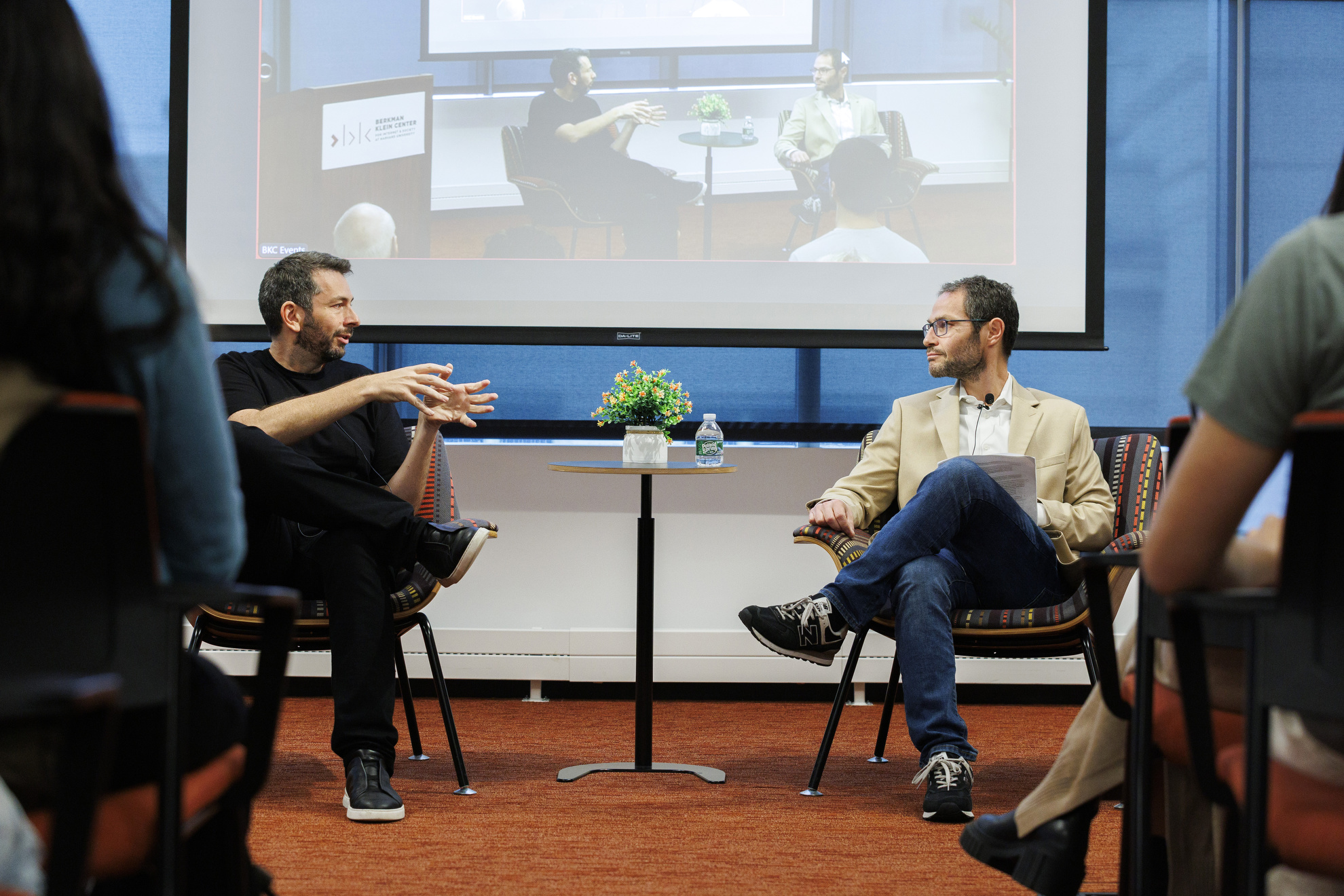Artificial intelligence is often seen as a marvel of modern technology, but new research suggests its roots may not be as artificial as we think. A recent study by Harvard researchers explores how the computational power of the human brain evolved in parallel with the development of AI. The author argues that the secret to both human and machine intelligence lies in cooperation and collective problem-solving.

Human Brains and AI: More Connected Than Expected
Throughout history, humans have enhanced their mental abilities through collaboration. Sharing knowledge and working together allowed our brains to process more complex information. Similarly, the development of AI draws upon the collective input of countless researchers, engineers, and vast datasets. This synergy fuels rapid advancements in machine learning and artificial intelligence.
The Key Role of Cooperation
The Harvard study highlights that complexity in intelligence—whether biological or artificial—thrives on teamwork. Just as human societies became more sophisticated through cooperation, AI systems achieve new heights when they integrate multiple sources of data and expertise. This perspective challenges the conventional view of AI as something separate from natural evolution, instead framing it as a continuation of our species’ drive to solve problems together.